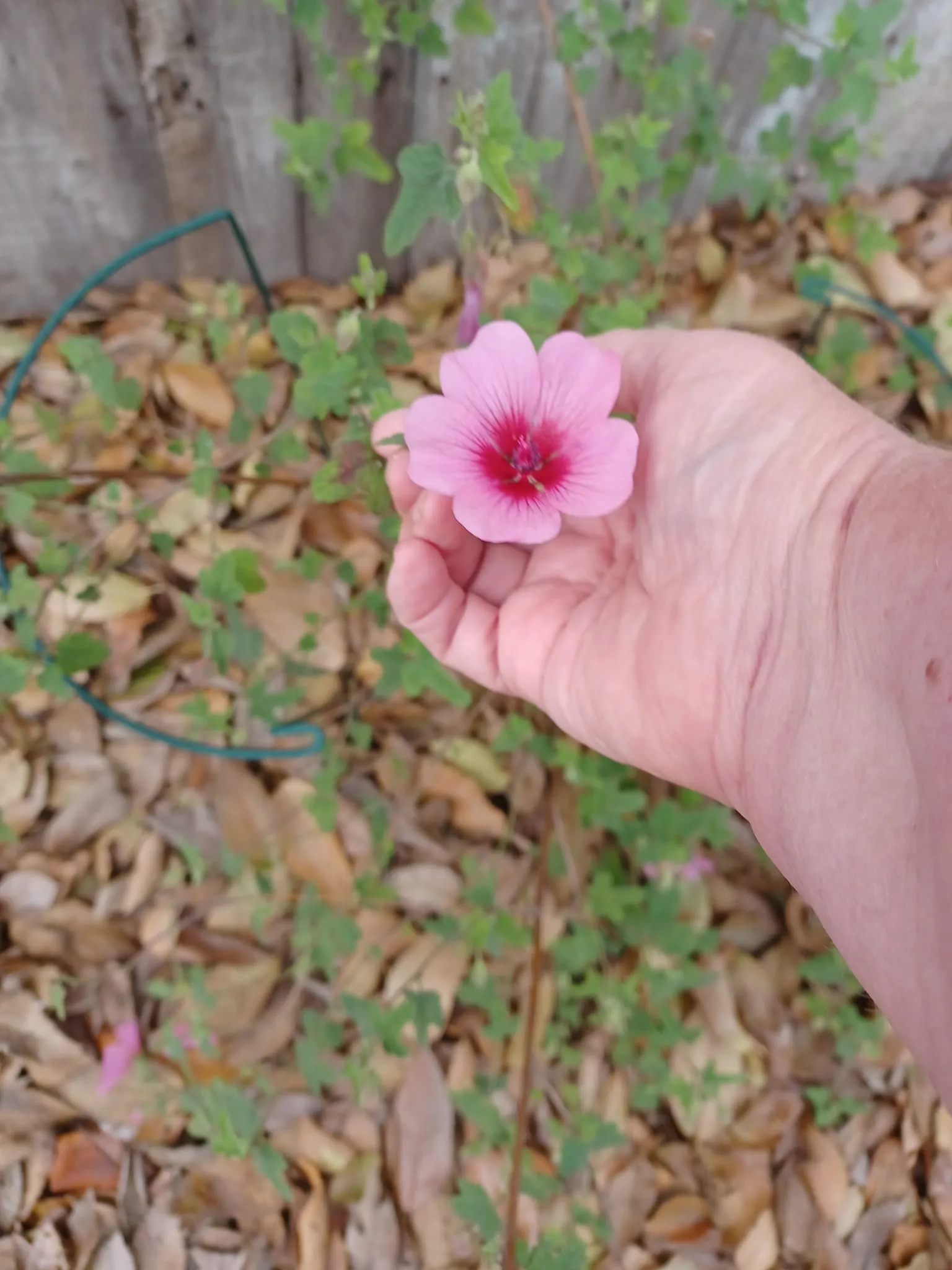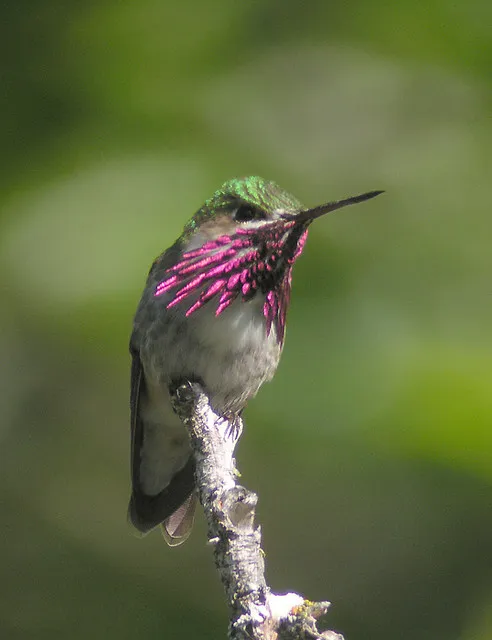Meet the Hummingbird, the Tiny Mighty Pollinator
A hummingbird is one of around three hundred and thirty-two species of tiny, colorful birds belonging to the family Trochilidae. These birds are most often classified alongside swifts in the order Apodiformes. However, they are sometimes considered in their order, Trochiliformes. Many hummingbirds were given exotic common names by the 19th-century British naturalist John Gould due to their elaborately specialized feathers and brilliant, glittering colors. Some of these names are still used today, such as nymph, fairy, sapphire, coquette, wood star, hill star, sun gem, topaz, and hill star.
The New World has many hummingbird bush species, with South America housing the most diversity. The North American continent is home to over twelve different species. You may find the only hummingbird species that nests in eastern North America from Nova Scotia to Florida: the ruby-throated (Archilochus colubris). Breeding from southern California to southeastern Alaska, the rufous hummingbird (Selasphorus rufus) is the most northern hummingbird sage species. While Allen's hummingbirds are found along California's coastline, broad-tailed hummingbirds (S. platycercus) are more common in the Americas' western states and Central America.
01: Hummingbird Moth:
This insect, a member of the Sphinx moth family and known as the bee hawk-moth in Britain, is sometimes confused with hummingbirds at first glance. Why? Because it copies the bird's behavior, it is trying to imitate. Yes, this moth hums in addition to shimmering, sipping, hovering, and darting. A hummingbird-like tail flare characterizes males. Plus, their wingbeats are invisible to the naked eye.
These moths excel in wing beating, so they get their name. The hummingbird sage hawkmoth flies with 85 beats per second, making it seem practically immobile compared to the hovering hummingbird's 50 beats per second. These creatures are distinct from one another in several ways.
Hummingbird bush moths lack a large beak but make up for it with a lengthy snout resembling a garden hose, allowing them to collect nectar from flowers in bloom. Not to mention that hummingbirds are birds and hummingbird moths are moths, respectively!
02: The Reproduction Process:
The moth deposits its eggs under leaves, and you may see them as green eggs. Hornworms, the first stage of a sphinx moth's life cycle, are enormous caterpillars with a hornlike projection at the back of their bodies. Honeysuckle, viburnum, hawthorn, and cherry are among the plants that host the eggs of the bright-green hornworm. After nibbling, they descend to the ground and spin brown cocoons, which they conceal under or in heaps of fallen leaves.
This time of year sees the emergence of adult moths. One generation per year occurs in colder regions, but many life cycles might occur in warmer areas. While its related hornworms, the tomato and tobacco hornworms, may cause serious damage to crops, they pose little threat to garden plants.
Moth adults are useful pollinators. Insects like this are great for your garden since they pollinate day and night. Many garden people wish they knew how to lure hummingbird moths, but they have no idea what to do. This moth will be ecstatic to dip its beak into your planted aromatic flowers. Among the possibilities are honeysuckle, moonflower, jasmine, morning glories, and bee balm. The hummingbird bush moth is a welcome addition to the list of helpful gardeners, including butterflies and birds.
03: Pollination:
Hummingbirds don't get tasty nectar from flowers because flowers are nice. Pollinators include hummingbirds. So, when a hummingbird visits a flower for nectar, it rubs up against the flower's male organs, thereby covering itself with pollen. The pollen lands on the female floral parts as the beetle flies to the next one—the hummingbird's pollination of flowers aids in developing new blossoms by dispersing seeds.
When a hummingbird visits a flower for nectar, it helps the flowers and the hummingbirds. Consequently, co-adaptation is a common occurrence among hummingbird species and flower species. Many hummingbird species' beaks have developed uniquely to feed on nectar from certain flowers. Hummingbirds have evolved to savor the nectar that flowers provide while also developing defenses against bees and other predators.

Ways To Attract Hummingbirds:
- Make sure there is no mold or salmonella in your best hummingbird feeders by cleaning them outside once a week with a solution of nine tablespoons of hot water to one part bleach. A clean feeder will guarantee that hummingbirds eat at regular intervals, and fresh sugar water is what the birds want to eat.
- Grow native plants around your best hummingbird feeders; plants with vivid tubular structures, such as honeysuckle, will attract hummingbirds since they contain more nectar.
- Make sure hummingbird bushes have all the nourishment they need. Throughout the year, hummingbirds will consume sugar water and nectar since they like sweet formulae.
Find out which hummingbirds are common in your area. Their swift flight over flower beds makes them difficult to see, but the best hummingbird feeders and nectar make them simple to attract. The best times to feed these little birds are spring and summer.
Common Facts About Hummingbirds:
- They are the tiniest bird species that migrates. They usually move alone, sometimes covering distances of up to 500 miles rather than in flocks.
- Hummingbirds can't detect odors. They have excellent color vision but can't detect feeding by scent. A few birds like brightly colored blossoms, such as the Ruby-throated Hummingbird. But this is still not an excuse to add red dye to nectar; doing so may kill the birds. Alternatively, you might utilize the best hummingbird feeders that are structurally colored red or grow flowers that are naturally red or orange.
- Hummingbird bush inserts and retracts their tongues about thirteen times per second to consume the nectar in the best hummingbird feeders. In a single day, they can eat double their body weight.
- Female hummingbirds often only lay two eggs. The nests that contain these eggs are less than half a dollar and are around the size of a jellybean or a coffee bean. Nests constructed by certain species, such as the Black-chinned Hummingbird, may extend to accommodate the growing young.
- The humming sound produced by their wings' very rapid beating is the term hummingbird's origin.
- They can only sit and move side to side with their little legs. Neither walking nor hopping are within their capabilities.
- A swarm of hummingbird trail is also called a dazzling, a hover, a shimmer, or a melody.
- A hummingbird often weighs less than a pound.
- The ability to fly in reverse is unique to hummingbirds.

Final Thoughts:
Scientists have determined that the earliest evidence of hummingbirds dates back 35–30 million years. Germany, not America, was the surprising site of its discovery. Perhaps the first hummingbirds originated in Europe, made their way to the Americas, and subsequently became extinct there.
Hummingbird geneticists believe that the influx of American hummingbirds originated in South America, where they subsequently proceeded to diversify into hundreds of species before migrating north. Although these breaks started approximately 22 million years ago, hummingbirds are still evolving into new species up to this day.
If you want to transform your yard into a haven for these flying pals, go no further than Birdfy. You can closely examine the birds' daily lives with our smart and best hummingbird feeders and homes that include two cameras. Connecting with nature and providing a haven for wildlife is more important than only feeding birds. Let us help you save this Earth and its species. Shop at Birdfy.
